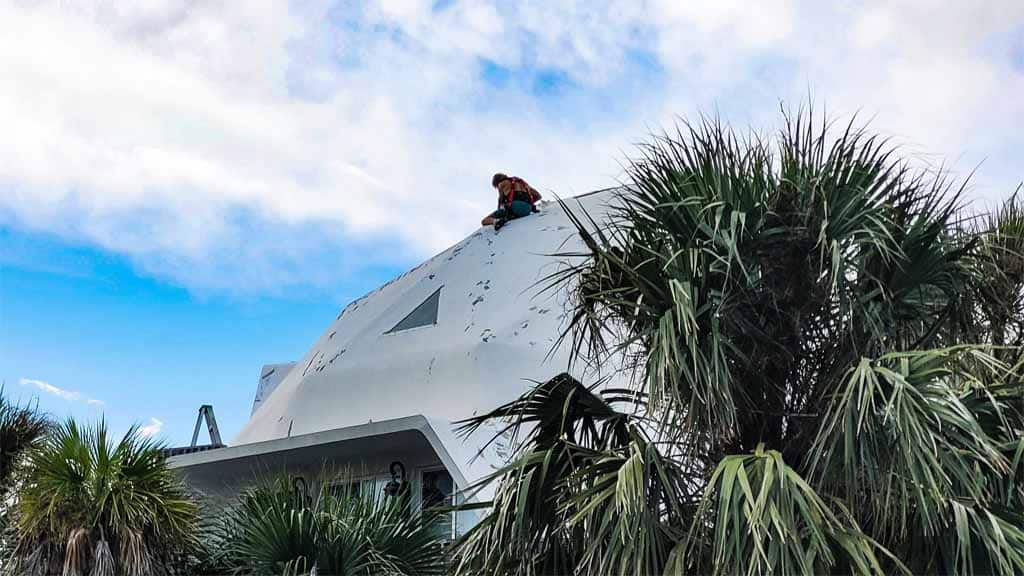
When you’re ready to install a new roof, one of the decisions you’ll need to make is what kind of rubber roofing to use. There are several different types of rubber roofing installation, each with its own benefits. Here’s a quick overview of the different types of rubber roofing installation so you can choose the best option for your home.
What Is A Rubber Roof?
Rubber roofing is a cost-efficient, durable, eco-friendly, and quick installation. It is commonly known as EPDM (ethylene propylene diene terpolymer), which comes from recycled tires, sawdust, and slate dust. Most rubber roofs come in single, long, and wide sheets; the size may vary depending on the roof size.
A rubber roof is a type of roofing that uses rubber as the primary material. It is also known as an elastomeric roof. Rubber roofs are usually installed on commercial buildings but can also be used on residential homes. Rubber roofs have many benefits, including being durable, energy efficient, and easy to install.
Is Your Roof Leaking?
Benefits Of Using Rubber Roof
- Affordable Price – Unlike other roofing options, a rubber roof is cheap and has a low installation cost. The installation is not that complicated, taking less time than other options. That is why the total cost of labor is lower than others.
- Lightweight & Flexible – EPDM roof is lightweight and flexible, easily adaptable to work on many different roof lines, slopes, and pitches. It works excellently on contoured tops and irregularly shaped roofs.
- Lifespan – Rubber roofs are made of one large roof, which reduces leakage risks. Moreover, it is resistant to cracking, denting, rotting, and moisture absorption, which is why many manufacturers provide at least a thirty-year warranty. It can withstand high winds and up to 3 inches thick hailstorms.
- Low Maintenance – To maintain a strong rubber roof, you need to repaint the rubber roof with acrylic paint every ten years – that’s it! Rubber roofs are unlikely to get damaged, but they are relatively easy to fix if they do. Most problems are fixable with liquid rubber or a particular repair tape.
- Efficiencies – Using the heater and air conditioner less often is possible with a rubber roof. The rubber roof traps heat, reflects the sun’s rays, and insulates the home, keeping residents cool during the summer and warm during the winter.
- Eco-Friendly – Rubber roof is only the type that is 100% recyclable. It is made with recycled rubbers and is now recyclable again.
The Different Types Of Rubber Roofing Installation
There are different types of rubber roofing installation that you can choose from, depending on your needs and budget. There are benefits and drawbacks to each class.
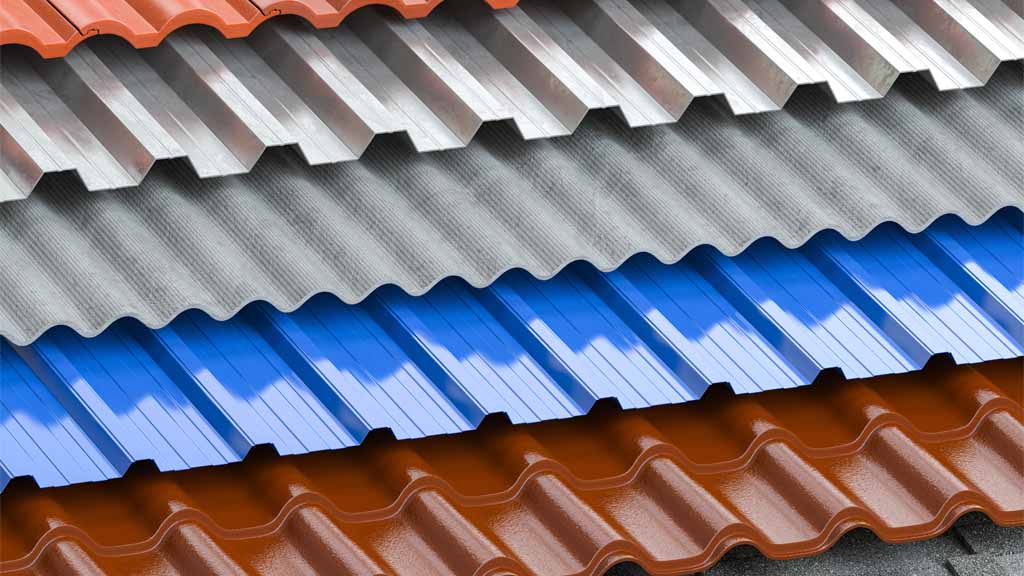
Rubber Membrane
The rubber membrane is a single-ply roofing material installed over a roof deck. Rubber membranes often appear on commercial buildings; however, they are also suitable for residential roofs. This type of material is ideal for flat roofs and roofs that are subject to high winds.
Rubber membranes can come in light or dark colors, so you’ll have plenty of options when it comes time to pick out your new rubber roofing installation.
Rubber roofing installation is a great way to increase the longevity of your rooftop. Rubber membranes are known for their resistance to damage from UV rays, which means they can last far longer than other types of materials. The membrane also helps insulate your home from temperature fluctuations, which can help reduce energy costs over time.
Is Your Roof Leaking?
Rubber Shingle
When it comes to roofing, you may think of metal or asphalt shingles first. However, other types of roofing are just as durable and cost-effective. Rubber shingles, also known as rubber tiles, are made of a hard rubber material shaped like a shingle. These can be installed on your home’s roof by a contractor.
The rubber membrane is a single-ply roofing material installed over a roof deck. Rubber membranes usually appear on commercial buildings but are also suitable for residential roofs.
Rubber roofing is a cost-effective alternative to traditional asphalt shingles. It’s also more durable and lasts longer than roofing materials, such as metal shingles or tiles. Rubber roofs can withstand harsh weather conditions and help protect your home from leaks, rotting wood, and other damage that can cause costly repairs.
Rubber roofing installation is a great way to increase the longevity of your rooftop. Rubber membranes are known for their resistance to damage from UV rays, which means they can last far longer than other types of materials.
The membrane also helps insulate your home from temperature fluctuations, which can help reduce energy costs. Over time rubber shingles are made of a hard rubber material shaped like a shingle.
They can be installed on your home’s roof by a contractor. The rubber membrane is a single-ply roofing material installed over a roof deck. Rubber membranes frequently appear on commercial buildings but are also helpful for residential roofs. Rubber roofs can withstand harsh weather conditions and help protect your home from leaks, rotting wood, and other damage that can cause costly repairs.
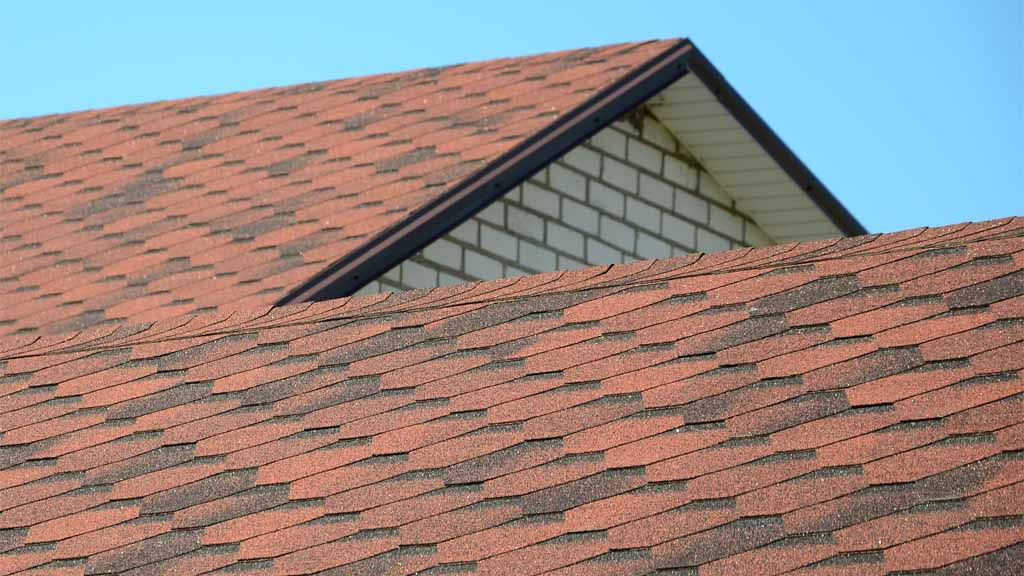
Rubber Liquid Roof Coating, R. M. C.
- R. M. C.: This type of roofing is a rubber coating that can be applied over existing roofs to provide protection from the elements and extend the life of your roof.
- How It’s Applied: Unlike other types of roofing, this one isn’t installed by spreading it on top of your old roof but instead applying it as a liquid. The process involves spraying or rolling out the coating and allowing it to dry before moving on to another building section. Afterward, you can paint it whatever color you like!
- Durability: If applied correctly, this type of coating can last up to 15 years, if not longer, depending on conditions such as the climate where it resides (that would be Florida!). However, even after 15 years, there will still be remnants left behind so if you want something new, peel off what remains before putting down fresh material again.
Benefits: One benefit is cost savings because it comes at a good deal compared with other options today (think $0 upfront costs). Another reason people choose this option over others is because they don’t have any experience doing anything else, so having someone else do all the work makes sense, especially when things get tricky later.
Rubber shingles are very durable and will last for many years. They can also assemble on almost any type of roof, including concrete or clay. These concrete tile roof installation costs are more expensive than asphalt or metal shingles, but they will save you money in the long run because they won’t need to be replaced as often.
Is Your Roof Leaking?
Flat Rubber Roofing Installation
Flat rubber roofing installation is an excellent option for those looking for an easy DIY project. Here are a few things to keep in mind when installing your flat rubber roof:
- Make sure your surface is clean and smooth before beginning. Any bumps or irregularities can cause issues down the road.
- Use the proper adhesive when attaching the rubber roofing to your surface. It will ensure a secure bond.
- It’s important to seal any seams or joints in the roofing material. It will prevent water from seeping in and causing damage.
- Make sure you allow the roofing material to cure fully before walking on it or adding any furniture or equipment.
- Regular maintenance is key to prolonging the life of your flat rubber roof.
Mobile home rubber roofing installation
Mobile home rubber roofing installation is a process that most do-it-yourselfers can do with some basic knowledge of working with tools and materials. This type of roofing is becoming increasingly popular because it is affordable and easy to install.
There are a few things to keep in mind when installing a rubber roof, such as ensuring the surface is clean and dry before starting, using the proper adhesive, and allowing enough time for the adhesive to set. With these tips in mind, anyone can successfully install a rubber roof on their mobile home.
Pros And Cons Of Each Type Of Rubber Roofing Installation
There are three main types of rubber roofing installation: complete replacement, recovery, and repair. Each option has pros and cons that one should weigh before making a decision.
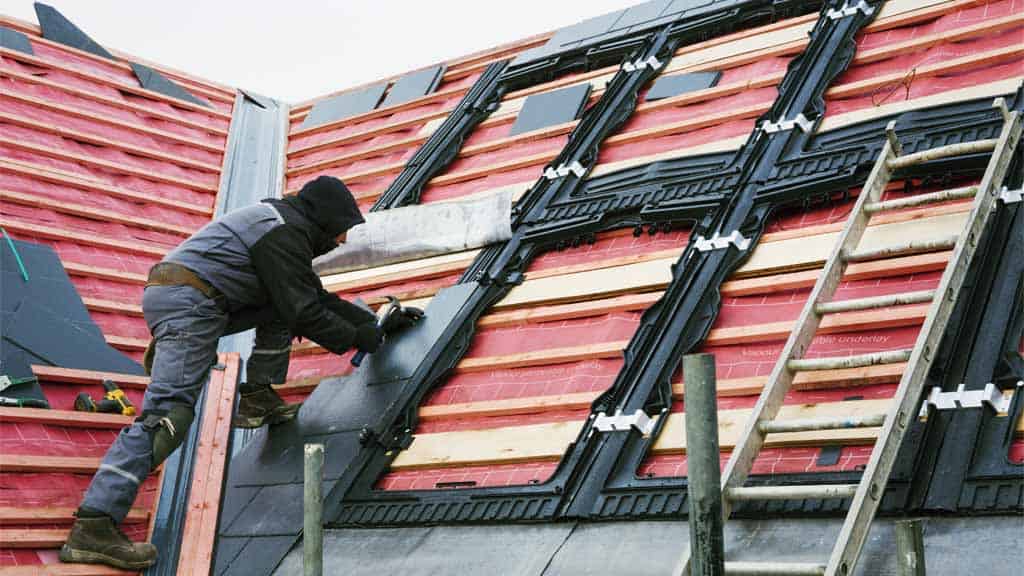
Complete replacement is the most expensive option, but it will also provide the longest-lasting results. The old roofing material will be removed entirely and replaced with new rubber.
Rubber roofing installation is an excellent choice if the existing roof is in poor condition or you want to change the color or style of the top. The process is simple and quick, and the finished product looks great. Here are a few things to keep in mind when considering rubber roofing installation:
Is Your Roof Leaking?
The first thing to consider is whether or not the existing roof needs to be changed. If it’s in good condition, installing rubber roofing over it is a viable option. However, if it’s in poor condition, it’s best to replace it entirely. It will ensure that the new roof will last many years.
When planning to have a new roof installed, the next thing you need to consider is the color. You can choose from various colors, so take your time and pick the one you love. If you are unsure what color to choose, you can always ask the roofing contractor for their opinion.
- Recovering a rubber roof is installing a new layer of rubber over the existing top. It is less expensive than a total replacement, but it will not last as long.
- The advantage of recovering a rubber roof is that it can be done quickly and easily, with minimal disruption to your business or home.
- However, because it is only a temporary fix, you will eventually have to replace the entire roof. So if you plan on staying in your current location for many years, it may be better to bite the bullet and do a total replacement from the start.
- Considering a new roof, you may wonder if it’s worth opting for a rubber roof. Here’s what you need to know about rubber roofing installation:
- Rubber roofs are durable and long-lasting. They can withstand extreme weather conditions and won’t crack or leak like other roofs.
- Even though rubber roofs require little maintenance, they are easy to install. They’re also eco-friendly, as their materials come from recycled materials.
- Rubber roofs can give your property a unique look that will stand out from the rest. Whether you want a sleek and modern look or something more traditional, rubber roofing can give you the aesthetic you desire.
- When it comes to rubber roofing installation, the repair is often the least expensive option. However, it’s important to note that repair will only address specific problem areas. If you’re experiencing leaks or other problems with your rubber roof, a repair may be the best option.
- A rubber roof repair can be a quick and easy way to fix a specific problem area on your roof. However, it’s important to remember that a repair will only address the problem area causing the leak or damage. A complete replacement may be necessary if you have multiple areas of concern.
- In some cases, a rubber roof repair can extend the life of your roof by years. However, it’s essential to consult a professional before deciding whether a repair or replacement is proper for you.
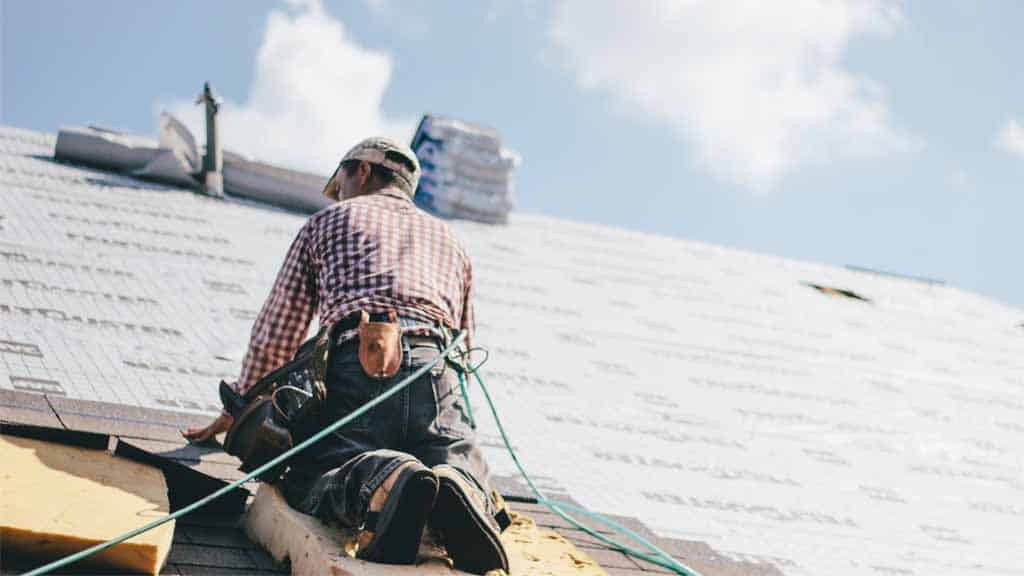
A Rubber Roof Is Suitable For The Worst Weather Conditions.
If you have an existing metal or asphalt roof, the best way to replace it is with a rubber one. Rubber roofs are suitable for even the worst weather conditions, and it doesn’t absorb water when it rains or snows, so you do not have to worry about leaks caused by poor installation.
If you’re planning on replacing your metal or asphalt roof with a new one, consider using rubber for your next project. It is the best option for most homeowners looking to get rid of their old roofs without breaking their budgets.
Benefits: One benefit is cost savings because it comes at a good deal compared with other options today (think $0 upfront costs). Another reason people choose this option over others is that they don’t have any experience doing anything else, so having someone else do all the work makes sense, especially when things get tricky later down the road.
If you’re in the market for a new rubber roof, then there are some things that you should consider before making your decision. Knowing what type of materials are used to construct your roofing system is essential. Rubber roofs can consist of various materials, including PVC, EPDM, and TPO. Each has unique properties and benefits, so choose one that works well with your current situation.
Conclusion
Even though it might seem like a lot of work if you have the right tools and know what you are doing, this type of roofing is easy enough to install. If you don’t feel comfortable doing it on your own, consider hiring a professional to assist with some of the work or do it for you if necessary.

